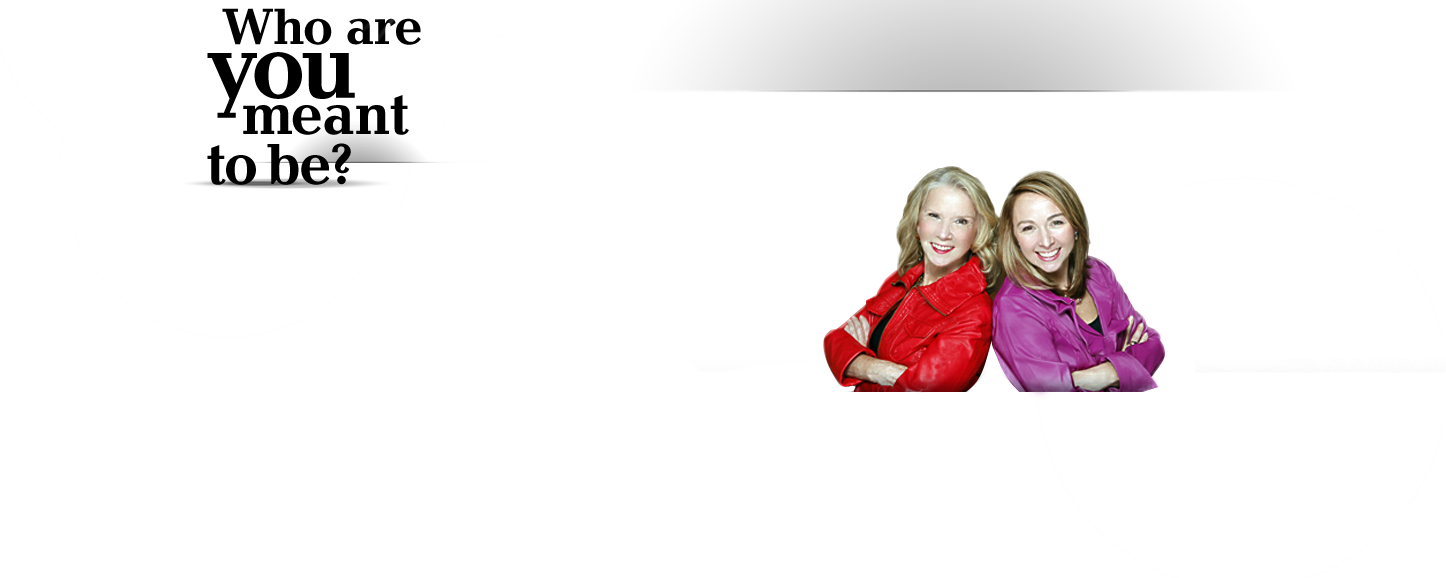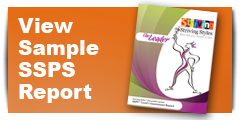ORGANIZATIONAL AND BUSINESS
Leveraging Your Training and Development Program

We have found that the biggest barriers to the implementation of new learning’s from training and development programs are uniquely human, having nothing to do with the quality of the programs or learning institutions – although we do love to blame them! Despite the millions of dollars organizations spend every year to either change behavior or to develop new leadership or interpersonal skills, behavior often stays the same. It’s not that people don’t get excited about the things they are learning or they don’t gain insight into their own behavior. It’s usually because they are too afraid to try something new because they are uncertain, insecure or self-conscious.
Both leaders and employees know that change needs to happen and why. They all agree that it is in everyone’s best interest to do so. They attend courses, read books and articles and discuss it extensively. Programs are developed to support the development of a high performance culture, including leadership development, performance management, reward and recognition, etc. Everyone knows and has been told what they need to do and then, mysteriously, most things stay the same.
We call the process of learning without changing, inactive knowing. Inactive knowing happens when the area of the brain responsible for thinking and knowing (I know my boss is expecting this presentation at the end of the day and would really like to finish it) is at odds with the emotional area or our emotional brain (I am afraid he or she won’t like it. Then what? I think I’ll do these other tasks instead.). In a fully integrated brain, where both thought and experience matter (both sensing and emotional experiences), action follows thought.
Getting Past the ‘Aha Moment’
Another reason they fail is because most people’s expectations for behavioral change are out of touch with the reality with how it actually happens and how long it takes. Leaders generally want it to happen quickly, with minimum involvement or fuss. They prefer change to be a rational process so that they don’t have to deal with the emotional side of the process. Instead, they get hooked on the ‘Aha Moment’, that moment of insight and discovery, when everything suddenly becomes clear. They know what they have to do; get excited about the prospect of doing it and what it will look like when it is done. They get their employees excited about it too, sharing their vision with them in the hopes they will buy into it. Programs are built around the insights and the vision without the necessary attention to the emotions and needs of the employees.
Let’s face it. When we have insight into or find solutions to organizational and team dysfunctions, it’s exciting. So is gaining insight into our personality and understanding why we behave the way we do. It’s the work it takes to actually change automatic patterns of behavior, habits of mind, beliefs and attitudes that’s difficult. As lovely as an aha moment is, it is simply an endorphin rush giving us a temporary high from the experience of making the connection and having the insight. It doesn’t keep us on the path to change when things get difficult.
Deal with the Emotional Drivers of Change
Despite people wanting to change, they are often locked into unconscious self-destructive or self-limiting patterns of behavior because just knowing doesn’t change the brain. It is only through new experiences can we develop new neural pathways in the brain that support behavioral change. Unless we convert what we know into an actual experience, and do it over and over again over an extended period of time, we can’t expect permanent change. The brain needs different experiences to build new habits of mind. The neuroplastic makeup of the brain allows the brain to change and develop no matter what age we are. This means that it is possible to rewire the brain and to stop fear based patterns of brain functioning by gaining awareness of the pattern and then sustained effort to use desired behaviors. Otherwise, the brain automatically reverts to the behavioral patterns that it has always used.
When we don’t understand the physiology of behavioral change; that we are changing the neural patterns in our brain, we get frustrated when things don’t immediately change for us. We give up and say things like “I tried the new approach that I learned at the seminar with my employee and he still didn’t get his report in on time. This doesn’t work.” Or “I tried a brainstorming session once and no one participated. I don’t think these people are capable of doing it.” Despite what we like to believe, we can’t just learn about something or try it a couple of times and expect our behavior or that of others to change.
We have seen many individuals and teams change when people get past the excitement of their ‘aha moment’ and actively work on breaking the habit that has been limiting them or interfering with their achieving their potential. In particular, when they take a sustained, systematic approach that helps them work through their own resistance and face the fears that cause them to use dysfunctional or self-protective behaviors in the first place.
Changing team and leadership behaviors can be done, but not without realistic expectations and an understanding of how it happens. Emotions, the true drivers of behavioral change, need to be engaged, and fears must be discussed and attended to so they don’t hijack the process. Insecure, anxious and self-protective employees can’t engage the way you need them to and end up getting in the way of programs achieving their potential. Leaders who believe that employees shouldn’t be afraid of change because it isn’t rational, or think that they should be grateful for development opportunities because it’s good for them, often miss opportunities to discuss and resolve potential barriers to the success of the program. When this happens, know that your program is in jeopardy and take steps to tend to the emotions and issues that may derail its progress!
Anne Dranitsaris, Ph.D.
Striving Styles Personality System



















0 Comments